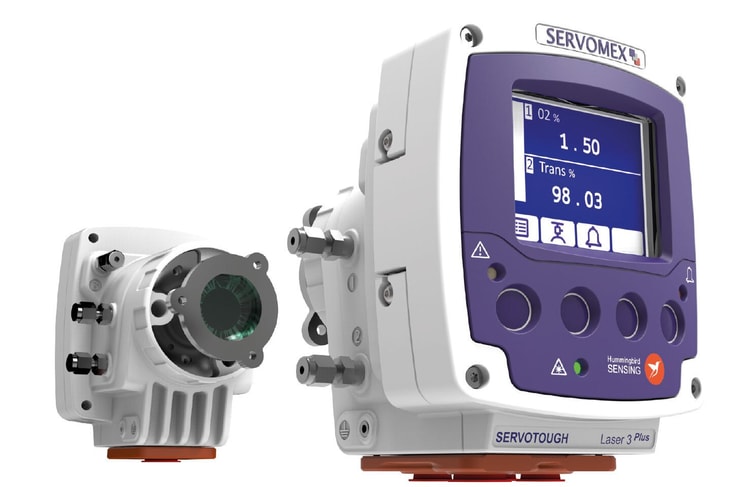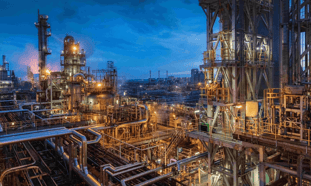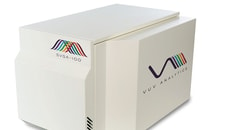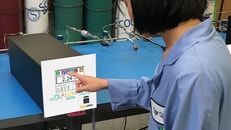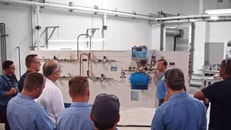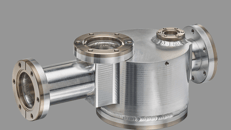Controlling combustion – Gas analysis for safe and efficient combustion in control-fired heaters
Fired heaters are integral to hydrocarbon processing. Specifically designed for the reaction of fuel and air to produce extremely high gas temperatures, heaters transfer this energy to potentially highly flammable process fluids via heat exchangers.
They consume large quantities of fuel, produce large quantities of emissions, and are a potential safety hazard to personnel and plant. However, they are currently irreplaceable within many hydrocarbons processing (HP) processes – so they warrant the highest levels of understanding and care in their operation and control.
The cornerstones of a well-controlled combustion process are optimized air-to-flue ratio and efficient fuel consumption. Before analyzer technologies were developed to measure excess air in the products of combustion, fired heaters were run in conditions of high excess air. Although this meant inefficient and costly fuel consumption, it was the only way to avoid the creation of low-oxygen, fuel-rich conditions that could lead to a potentially dangerous explosion.
... to continue reading you must be subscribed

